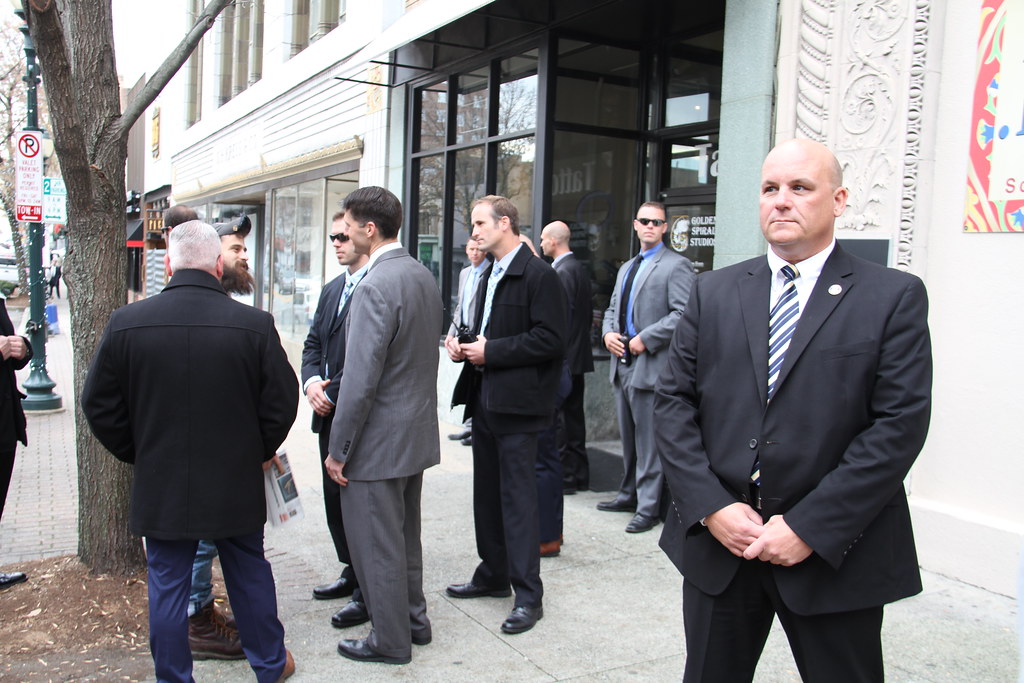When EP Wired reached out to me with the opportunity to write about physical access control, I was initially stuck. Like many in the access control industry, I had not thought about the executive protection industry very much as it related to being a stakeholder in physical access control.
So, I first needed to tackle the topic of “What are you going to write about?” After a handful of emails, calls, and text messages with colleagues about this topic, it dawned on me that this is a story about where we are going, not where we have been.
Thus, I set out not to write about how the access control industry and its products are, frankly, not built for EPAs. Still, with what I know about the future access control systems, we should talk about how the EP industry should expect more from the access control industry beyond “lockdown” and why now is the time.
The EPAs in my network tell me that systems today add zero to a minimal amount of value to what they do daily. In fact, in some ways, yesterday’s physical access control systems are making their jobs harder, and the EPAs are forced to manipulate or “trick” — as one EPA told me — for the systems to work as needed.
So if there were one area to focus on that is not too far outside the mainstream market needs of access control systems that would speak to the value created for EPAs, it would be: software.
Historically, access control systems software has been a hardware feature, like readers, locks, and panels. Access control systems use the software for functionality such as:
- motorization,
- configuration, and
- log files.
Letting the Right People In
In recent years, through the introduction of cloud architectures, you are starting to see more software-centric systems that use hardware as a feature of said software and deliver a very different set of opportunities.
Since the beginning of electronic access control in 1973, the hardware-centric value proposition has been about keeping bad people out. The system’s primary goal was to do just that — keep bad people out.
Nowadays, with a more software-centric approach, especially coming out of the pandemic, the value expectations of access control systems include letting the right people into the buildings. Again, very different.
Most historical access control systems are not set up for nor developed to allow the right people into the buildings. This change in how some systems are built is not a binary conversation.
We can live in a nuanced world where we have systems built for one reason and others built for other reasons. And we are at the beginning of that world existing now. This change represents a new way to think about how our physical access control systems are developed and implemented. They need to be more flexible, open, and “human.”

The New Truth and Physical Access Control
The fundamentals that will make software-centric access control systems flexible, more open, and more “human” for EPAs will be:
- APIs and SDKs: available, documented, and open.
- Data strategies: how, where, when, and why is the data collected, managed, stored, and expressed.
- User interfaces: if not included, extracted, and capable of taking the data and information and creating a user interface that is either embedded or speaks to the particular stakeholder.
The systems built for today and tomorrow versus today and yesterday are built with these and other modern architectures. You should expect to see this. In fact, many of us believe that shortly, you will not have to worry whether or not the physical access control system you are interacting with has this.
Like power windows in a car, it just comes standard. Sure, there are new models of cars without power windows and existing cars on the road that don’t have power windows. But it is not the standard anymore. We, as an industry, are not there yet. Still, all signs point to the fact that we are not very far away from this being the new truth.
One-Way Accessible Street
With this new level of expectation and system configuration, here are two areas where EPAs should expect software-centric access control systems of the future to add immense value for them as a stakeholder:
- Easily accessible and actionable data, allowing EPAs to make data-driven decisions coupled with their training and instincts. Instead of viewing the building as a static blackhole, you need to game plan around it. You would have access to data you can use. Think of this as a one-way accessible street and additional real-time data point(s) for your assessments and planning.
- And with that accessible and actionable data, the EPA suddenly has a new tool for the EPA tool belt if a user interface is introduced. Physical access control systems become dynamic, responsive, and more “alive.” In turn, so do the buildings they are installed within. Think about it. What would it look like if an EPA could query a building in real-time, get data back, respond, and have the system change based on the interaction? Or, the other way, what would it look like if a building could query an EPA in real-time, get data back, respond, and have the EPA change based on the interaction? Kind of like Knight Rider, but for buildings.
A Ton of Value
Once we have more software-centric systems built with flexibility and openness and the resources built with APIs, SDKs, and in some cases, interfaces, the value creation opportunities are endless. And remember, the value doesn’t stop just for the EPAs.
I believe this is a two-way value creation opportunity where the EPA’s interaction with the building can bring a ton of value back to it, especially if external. Buildings having a voice allows the imagination of possibilities to go wild!
The resulting mutual benefits make the EPA and the building more resourceful, intelligent, detailed, and able to respond more effectively to situations. All in all, delivering more safety, wellness, and productivity to those we serve.
How else could a software-centric access control system deliver value for the EP community? I’d love to hear your thoughts, especially from EPAs. It is time to have a more prominent voice in the access control industry.


